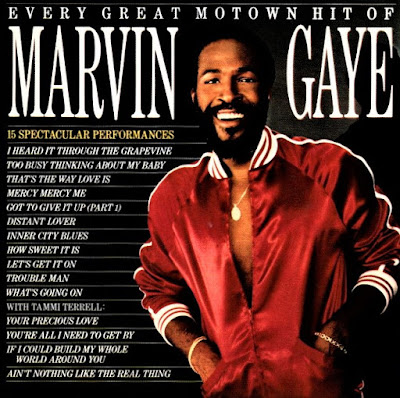Why the great Felix Mendelssohn has not been featured here before is an unfortunate oversight because, despite his tragically brief life, he amassed an incredible body of work, so we'll make up for lost time by highlighting this amazing six-disc box set issued by the remarkable Nimbus Records comprising all of the music written for piano by this sublime composer.
Performed by the brilliant Martin Jones, who has recorded an enormous amount for the label, the recordings entail over six hours and it has never been a problem to sit down for a work day at the computer and listen to this uniformly excellent music all the way through or over a couple of days. Especially during these troubled times, when a respite is often needed to refresh the mind, listening to Mendelssohn's diverse array of piano works is a necessary and appreciated balm.
More impressive is that much of this work was done while the composer was a teen, including his sonatas, which as the liners note, hardly sound like they were juvenile works. The beautiful preludes and fugues were produced during his late teens through late twenties. At twenty, Mendelssohn visited Wales and three fantasies came out of that, including a remarkble one in F-sharp minor.
His best known piano pieces include the Rondo Capriccioso, the Variations Sérieuses, and the Songs Without Words, the latter intended for those to play at home in their parlor and often thought of as "piano fodder for the multitude," but highly popular when performing music was common in many households long before, of course, the phonograph, radio and television. "Sweet Remembrance," the first of those songs without words, has great personal meaning as it was the march used for my own wedding nearly a quarter century ago.



